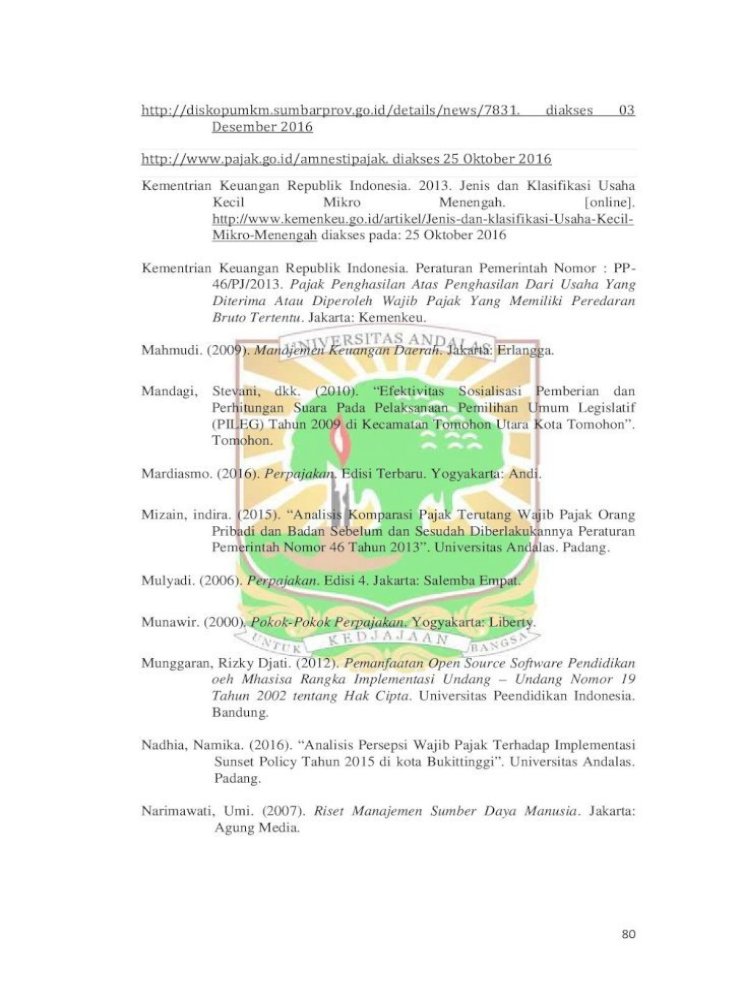
The results of data analysis show that (1) The critical thinking skills of the experimental group increased with high criteria, and the control group increased with medium criteria.

The data were analysed by determining the average normalized gain, t-test means, and effect size, and descriptively analysing the questionnaire. The instruments used included a critical thinking ability test and a four-rating scale questionnaire. The sample was determined with the purposive sampling technique and consisted of junior high school students who are divided into the experimental class and control class, of 23 students each. To this end, a quantitative research method with a quasi-experimental design was chosen. In improving their critical thinking skills, compared to electronic textbooks using the theme of food and health.

This study aimed to examine the impact of electronic interactive teaching materials (EITMs) distributed and operated on students’ mobile phones.


 0 kommentar(er)
0 kommentar(er)
